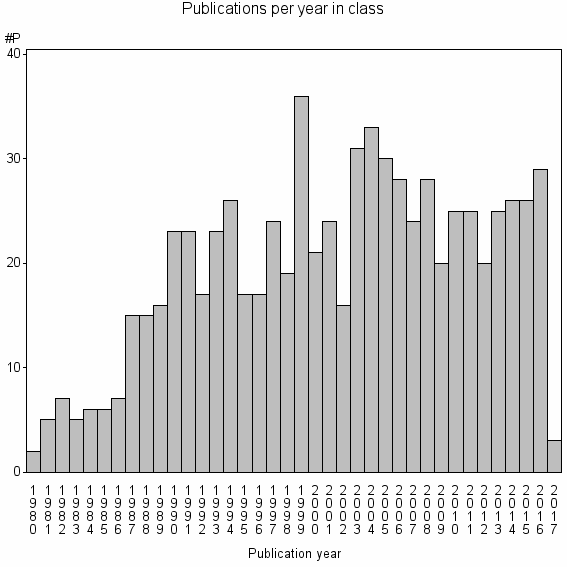Slot Antenna Wikipedia 4,9/5 9232 votes
- Slot Antenna Pdf
- Slot Antenna Wikipedia 2019
- Slot Antenna Wikipedia 2017
- Slot Antenna Calculator
- Tv Antenna Wikipedia
- If we cut a hole in an infinite conducting plane, and feed it with a voltage source across the center, we get a slot antenna: Because the slot is between the sides of the voltage source, the currents must travel around the slot. These currents traveling over a large distance are what make it an antenna.
- Waveguide (electromagnetism) - Wikipedia Slot antennas are used typically at frequencies between 300 MHz and 24 GHz. The slot antenna is popular because they can be cut out of whatever surface they are to be mounted on, and have radiation patterns that are roughly omnidirectional (similar to a linear wire antenna, as we'll see).
- A log-periodic antenna (LP), also known as a log-periodic array or log-periodic aerial, is a multi-element, directional antenna designed to operate over a wide band of frequencies.It was invented by John Dunlavy in 1952. The most common form of log-periodic antenna is the log-periodic dipole array or LPDA, The LPDA consists of a number of half-wave dipole driven elements of gradually.
Slot Antenna Pdf
Also found in: Dictionary, Wikipedia.Slot Antenna Wikipedia 2019
slot antenna
Slot antennas are popular omnidirectional microwave antennas. These antennas feature omnidirectional gain around the azimuth with horizontal polarization. From Wikipedia, the free encyclopedia In radio systems, many different antenna types are used with specialized properties for particular applications. Antennas can be classified in various ways. The list below groups together antennas under common operating principles, following the way antennas are classified in many engineering textbooks.
 [′slät an‚ten·ə] (electromagnetism)
[′slät an‚ten·ə] (electromagnetism) An antenna formed by cutting one or more narrow slots in a large metal surface fed by a coaxial line or waveguide.
McGraw-Hill Dictionary of Scientific & Technical Terms, 6E, Copyright © 2003 by The McGraw-Hill Companies, Inc.
The following article is from The Great Soviet Encyclopedia (1979). It might be outdated or ideologically biased.
Slot Antenna

an antenna in which apertures, or slots, for the radiation or reception of radio waves are cut in the conducting surface. A slot antenna may be a metallic wave guide, a rigid coaxial line, a cavity resonator, or a flat metal sheet.
In a slot antenna, radiation results from the excitation of the slots. In wave guides, resonators, and coaxial lines, the slots are excited by an internal electromagnetic field; in flat sheets, they are excited by means of a radio-frequency cable connected directly to the slot edges. In the general case, the calculation of a slot antenna’s field is a complex diffraction problem. However, the problem may be simplified considerably by introducing a fictitious “magnetic” current that flows along a slot and representing a slot radiator as a magnetic antenna (seeRADIO WAVES, RADIATION AND RECEPTION OF). Thus, for example, when the vectors E and H are replaced by the vectors H and - E, respectively, the field due to a slot cut in a flat sheet is identical to the field of a sheetlike dipole, which is the complement of the slot. This method of designing slot antennas, which is called the duality principle, was first proposed by A. A. Pistol’kors in the early 1940’s.
Slot antennas are distinguished by a relatively simple design. Such an antenna may not contain protruding components. The lack of protruding components is an important advantage of slot antennas in a number of cases, for example, when they are mounted in aircraft.
The most widely used metric-wave or decimetric-wave slot antennas are omnidirectional slot antennas, which are based on cavity resonators. In terms of the shape of the slots, such antennas are analogs of various flat wire antennas. The main difficulty in designing such an antenna is the matching of a high-impedance slot and a relatively low-impedance cable. The input impedance of a slot may be as high as 103 ohms (Ω), while the characteristic impedance of a cable is usually 50–75Ω.
For centimeter waves, directional slotted-guide antennas (see Figure 18 in ANTENNA) are mainly used. Such an antenna is matched with a wave guide by using a large number of radiators and by choosing the lengths and arrangement of the slots. An important advantage of slotted-guide antennas is the possibility of beam steering, or scanning, by varying the phase velocity of the wave in the wave guide. As early as the 1940’s, slot antennas were developed in which scanning was carried out by varying the distance between the narrow walls of a rectangular wave guide or by inserting a longitudinal plate into the wave guide. In the 1950’s and the 1960’s, frequency-scanning methods were implemented, including methods for the frequency scanning of slotted-guide phased arrays.
A promising trend in the evolution of slot-antenna technology is the development of designs based on printed circuits and strip transmission lines.
REFERENCES
Fel’d, Ia. N. Osnovy teoriishchelevykh antenn. Moscow, 1948.Zhuk, M. S., and Iu. B. Molochkov. Proektirovanie antenno-fidernykh ustroistv. Moscow-Leningrad, 1966.
Reznikov, G. B. Antennyletatel’nykhapparatov. Moscow, 1967.
Lavrov, A. S., and G. B. Reznikov. Antenno-fidernye ustroistva. Moscow, 1974.
Slot Antenna Wikipedia 2017
The Great Soviet Encyclopedia, 3rd Edition (1970-1979). © 2010 The Gale Group, Inc. All rights reserved.
Slot Antenna Calculator
Want to thank TFD for its existence? Tell a friend about us, add a link to this page, or visit the webmaster's page for free fun content.Link to this page: